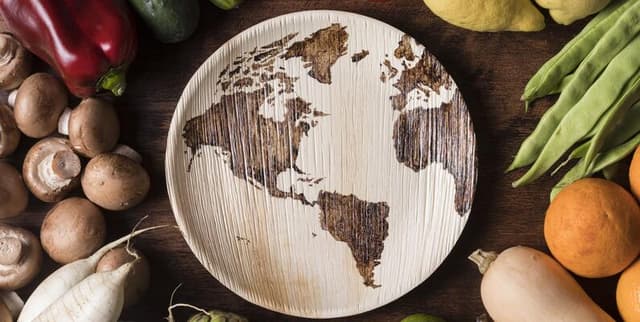Agricultural Production Volume Data
Food & Beverage Consumption
Tags and Keywords
Trusted By




"No reviews yet"
Free
About
Tracking the worldwide output of primary crops, meat, and milk, this dataset provides key metrics on global agricultural trends. It reveals a steady upward trajectory in production over the last two decades, driven by efforts to meet increasing global demand. Primary crop commodity production saw a substantial increase of 54 percent between 2000 and 2021. Data highlights the performance of major commodities, including cereals, sugar crops, roots, tubers, fruit, and vegetables. Understanding these trends is crucial for assessing global food security and progress toward ambitious objectives like the United Nations 2030 Agenda.
Columns
- year: The specific year the agricultural data point represents. The range spans from 1996 to 2021.
- rice_production: The volume of global rice production.
- wheat_production: The volume of global wheat production.
- vegetable_production: The total volume of global vegetable production.
- Country: Categorical identifier for the countries involved in the production figures.
- 2020: Production or volume metrics specific to the year 2020.
- 2010: Production or volume metrics specific to the year 2010.
- 2000: Production or volume metrics specific to the year 2000.
- 1990: Production or volume metrics specific to the year 1990.
Distribution
The raw data is typically formatted as a CSV file (
world_food_production new.csv), having a small size of 1.19 kB. The structure consists of 9 distinct columns and 26 valid records. The data quality appears high, with 100% validity across key production metrics and no reported missing or mismatched values.Usage
This data is ideal for:
- Analysing long-term shifts in food production relative to population growth.
- Investigating the effectiveness of intensified farming practices, such as increased use of irrigation or high-yield crops.
- Evaluating the impact of external factors, including adverse weather conditions, political regulations, and disease outbreaks like the African swine fever, on specific commodity markets.
- Monitoring trends in key global commodities like maize, wheat, rice, sugar cane, cassava, and potatoes.
Coverage
The dataset focuses on global production trends. It covers a broad time range, with specific data points spanning from 1990 up to 2021. Geographically, it reflects worldwide output, noting specific contributions from countries such as China, which is highlighted for its role in pig meat production recovery after 2020.
License
CC0: Public Domain
Who Can Use It
- Agricultural Economists: To study market dynamics and commodity price forecasting based on historical output.
- Researchers and Academics: For detailed analysis of agricultural intensification and its relationship with climate change effects.
- Government Policy Makers: To set benchmarks for national food security goals and monitor global supply chains.
- Data Scientists: For training models that predict future yields and potential food shortages.
Dataset Name Suggestions
- Global Crop and Livestock Production Trends 1990-2021
- World Food Security Indicators
- Agricultural Production Volume Data
- Key Global Agricultural Output
Attributes
Original Data Source: Agricultural Production Volume Data
Loading...
